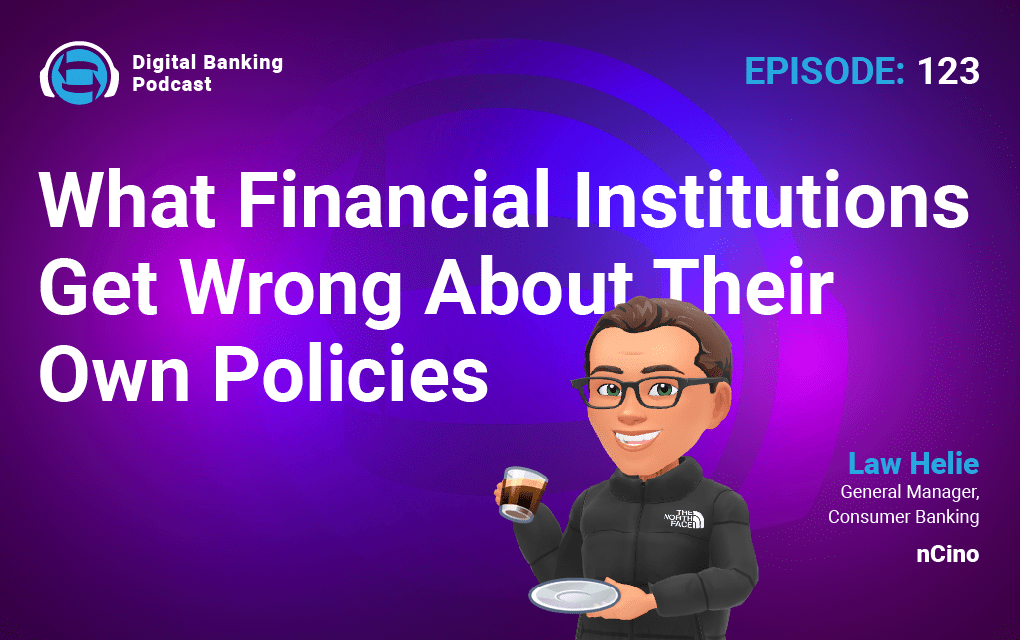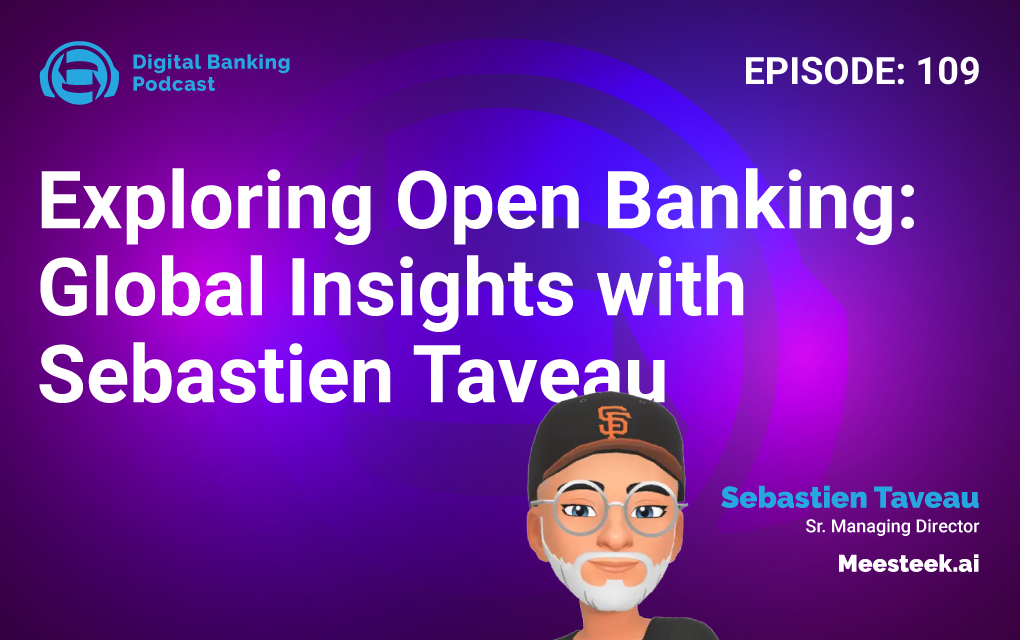Episode Summary
Many new fintechs started out focused on a direct-to-consumer (DTC) model. They're not accustomed to many of the technological constraints of the banking industry and, just as important, they're unfamiliar with the language of the industry. This can lead to break-downs in communication between fintechs and FIs, even though they very much need each other right now.
In this episode of The Digital Banking Podcast, host Josh DeTar welcomed Lisa Gold Schier, the Chief Strategy Officer at ASA Technologies. They discussed the importance of the relationship between tech providers and financial institutions and how to bridge the language gap. They looked at adopting new technologies, why FIs should make technology changes, and the test-learn-go method.
Key Insights
⚡ Finding a common language.
Collaboration between financial institutions and fintechs is evolving, driven by the rise of digital ecosystems, regulatory changes, and increasing customer adoption. However, as Gold Schier notes, technology providers often speak one language, while FI executives speak another. Bridging that gap is crucial. "When you're meeting with a technology provider, and you've got a bank or a credit union, they both may agree that they want to move fast … but fast for a technology company is two weeks, and fast for a bank could be two years. If they don't understand and get that kind of terminology — and that's a simple one — defined right at the beginning, there's going to be frustration along the line."
⚡ Finding a partner who can "fail fast".
Fail fast is a concept that values extensive testing and incremental development to determine whether an idea has value. The goal is to cut losses when testing reveals something isn't working and quickly move to the next iteration. According to Gold Schier, FIs typically can't, by their very nature, fail fast. But they can work with fintechs that can fail fast, and the FI can make adjustments based on that learning from the fintech. "Fintechs can fail fast, and they have the mindset to be able to do so," said Gold Schier. "I've seen that a number of times, like, 'Last week we were going down this path, but this week we've shifted, and now we're going down this path.' It's very tough for a financial institution to be able to do that. I'm seeing banks and credit unions getting better at that. And it's not a fault; it's the industry that they're in, but if you are partnering with a company, they can do that."
⚡ The pain is temporary.
No matter what technological advances your FI deploys, some small percentage of your accountholders will inevitably push back. That can't be helped, but it's certainly not a reason to avoid new technology. "We're all used to that, and it's because the financial services industry is so close with the customers and members that we don't want to do anything that might upset them," noted Gold Schier. "We're all experiencing that daily in our technology lives, 'I hate this. Wait, actually, I don't even remember how it was before because I like this so much better now.' And so we get used to that."
About The Guest

Gold Schier started her career in financial services with US Bank. During that time, she realized that she wanted to help people do what's right — which ultimately led to her dream job at the American Bankers Association (ABA), where she helped FIs and tech companies connect. That brought her to the next logical step in the journey: working for one of today's leading fintechs.









